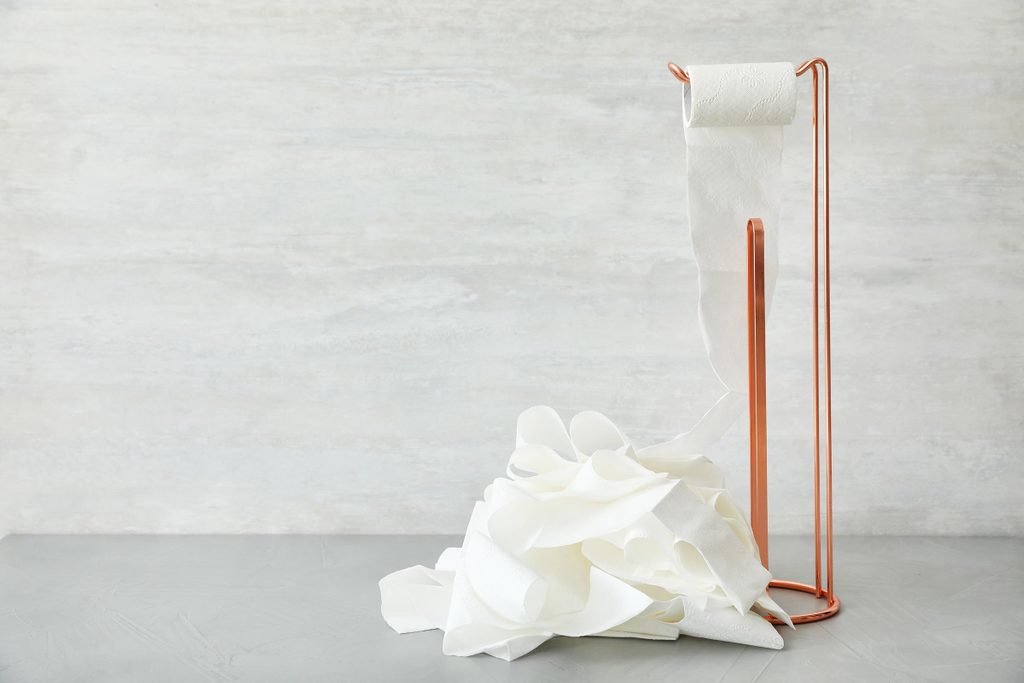Why Going to the Bathroom “Just in Case” Is a Bad Idea

Preventative peeing can train your bladder to pee when it's only half full. It can also make it harder for you to hold it in the future.
Do you constantly use the bathroom before getting in the car, watching a movie, or exercising, even when you don’t feel the urge? Some experts say you might be causing more trouble for yourself.
Your bladder holds about 400 to 500 milliliters—about the size of a can of soda, says Steven A. Kaplan, MD, director of Benign Urologic Diseases and The Men’s Health Program at the Mount Sinai Health System. But if you start going before your bladder is actually full, you might train your bladder to want to empty when it’s only half that, he says. “People sensitize their bladders to go at lower volumes than needed,” says Dr. Kaplan. “It’s hard to get out of that because they’re so used to that.”
The problem isn’t so much that you physically can’t hold your pee, but that you’ve convinced yourself you won’t be able to, says Sandip Vasavada, MD, urologist with Cleveland Clinic. Some people prevent leakage by using the bathroom before, say, a workout class. After all, nothing can leak from an empty bladder. But doing that gets you used to peeing at the very first urge—or sooner. “They go into the habitual pattern of going all the time,” says Dr. Vasavada. Empty your bladder too soon too often, and you’ll forget just how long you can hold it.
If you are prone to leaking, don’t be afraid of some preventative peeing before a long stretch of time, like a road trip, says Dr. Vasavada. Going “just in case” every now and then likely won’t cause an issue, unless it’s a daily habit. In fact, preventative peeing is usually a reaction to an overactive bladder, rather than the cause, says Dr. Vasvada.
But if constant bathroom trips frustrate you, try training yourself out of it, says Benjamin Brucker, MD, uro-gynecologist and assistant professor of urology and OB-GYN at NYU Langone Medical Center. “Don’t give into every small whim of needing to void,” he says.
Kegel exercises can help you have fewer bathroom trips
Dr. Brucker recommends keeping a log of your bathroom stops to figure out how often you go and doing Kegel exercises to help you hold it.
Kegels are exercises that strengthen the muscles of your pelvic floor. These muscles support your bladder. Strengthen them can help fight leakage and incontinence.
To find the right muscles, sit on the toilet and start to pee. Stop mid-stream. You can also pretend you are trying to stop passing gas. Women can also pretend to tighten the vagina around a tampon.
Once you recognize the muscles and the motion, practice working them while lying down, then while sitting and standing. Contract them for 3 to 5 seconds, then relax for 3 to 5 seconds. Repeat 10 times.
Work your way up to holding and relaxing for 10-second periods and try to do them three or four times a day. Make sure you’re not working your abs, legs, or butt muscles at the same time.







